U.S. National Parks Are Getting Rid of This for Visitors, Starting Now
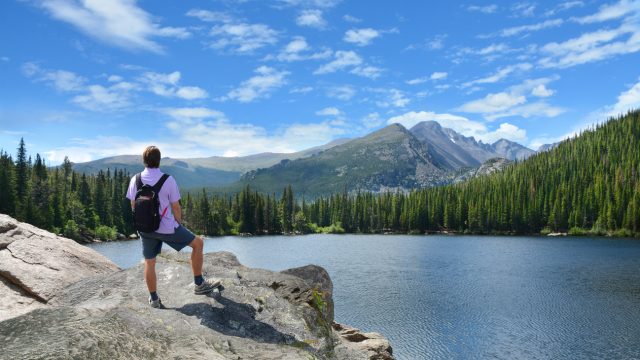
The national parks provide so much well-preserved nature and beauty that many people consider them high priorities on their bucket lists of places to visit. And while the sites offer easy access to the great outdoors, many are still relatively approachable thanks to the management of the U.S. National Park Service (NPS). The agency helps control everything from safety to visitor entry, ensuring that the sites can remain the spectacular destinations they are. But now, many national parks are making a significant change by getting rid of one thing. Read on to see how your next visit could be different.
READ THIS NEXT: Yellowstone National Park’s Roads Are “Melting”—Here’s What That Means for Visitors.
Many national parks have taken steps to curb large crowds and congestion.
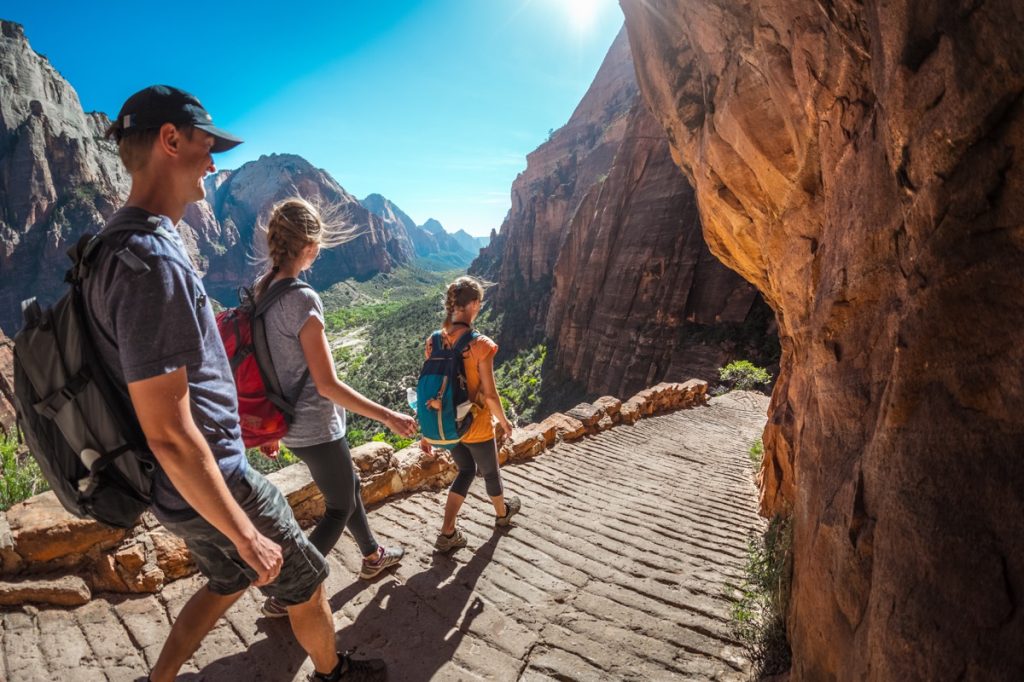
The National Park System was created to preserve nature and create sanctuaries for wildlife so that all could enjoy the splendor. But in recent years, almost too many people have made it a point to visit many of its most popular sites. While overall numbers in 2021 were still down due to the effects of the pandemic, 44 of the most well-known parks saw record-breaking visitor counts—including six that had seen their highest-ever count the previous year, according to NPS. The agency also pointed out that out of 423 parks, just 25 sites received more than half of the 297.1 million recreation visits made to the system.
With the surge in crowds expected to grow, officials are now finding ways to help manage guests while doing their job to protect nature. “As a result, parks are exploring many different tools and techniques that are most effective for their situation to help them improve how visitors get to and experience popular park resources and features,” Kathy Kupper, an NPS spokesperson, told Conde Nast Traveler earlier this year.
Several of the most popular national parks instituted reservation systems for visitors last year to thin out the crowds. Guests are now required to book in advance if they want to enter sites, while others need to reserve a time to visit specific driving routes or hiking trails before they show up, according to Conde Nast Traveler.
Some national parks are getting rid of these guest requirements.
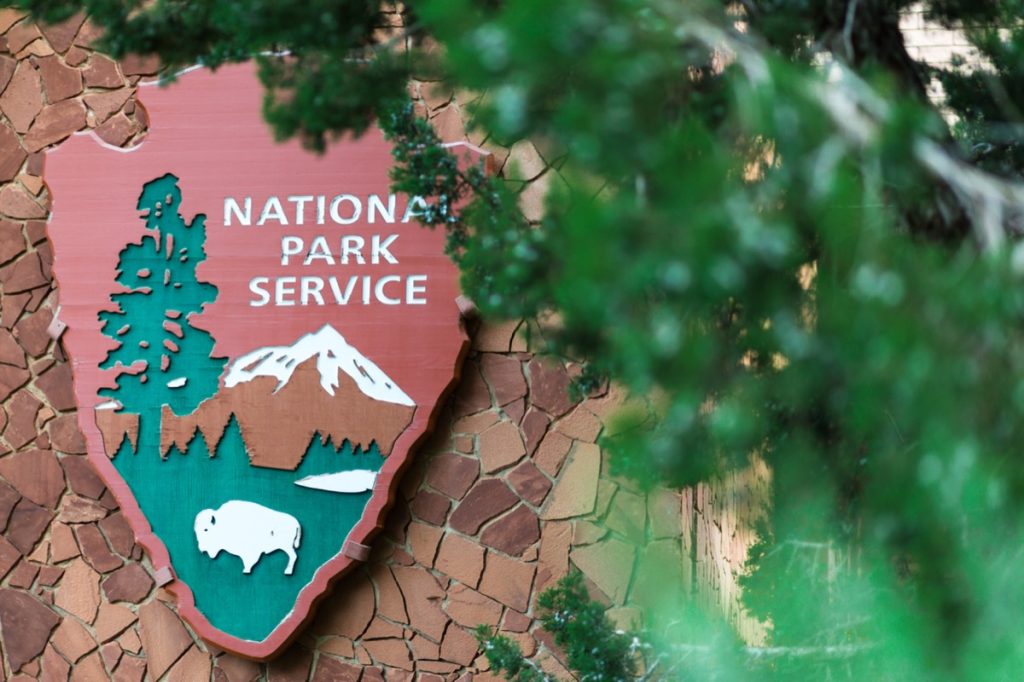
But the latest rules may not affect all visitors for now. As the high season for many sites winds down, some national parks are getting rid of their entry reservation requirements.
On Oct. 12, Rocky Mountain National Park became the latest to lift the seasonal crowd control system it had in place since it went into effect on May 27. Previously, guests were required to book a time to enter between 5 a.m. and 6 p.m. each day within a two-hour window.
Other major parks have also recently dropped their booking requirements for visitors. In recent weeks, Glacier National Park, Arches National Park, and Yosemite National Park all reached the end of their seasonal entry reservation runs, USA Today reports.
Fortunately, many sites reported that the new system helped reduce the overcrowding that was becoming an issue. “We definitely feel we can maximize access and get more vehicles in the park using the timed entry system than we can without,” Kaitlyn Thomas, a spokesperson at Arches and Canyonlands national parks, told KSL.com. “We saw a lot of reduction in congestion and wait times and crowding at trailheads.”
RELATED: For more up-to-date information, sign up for our daily newsletter.
Not all parks are dropping their reservations right now, though.
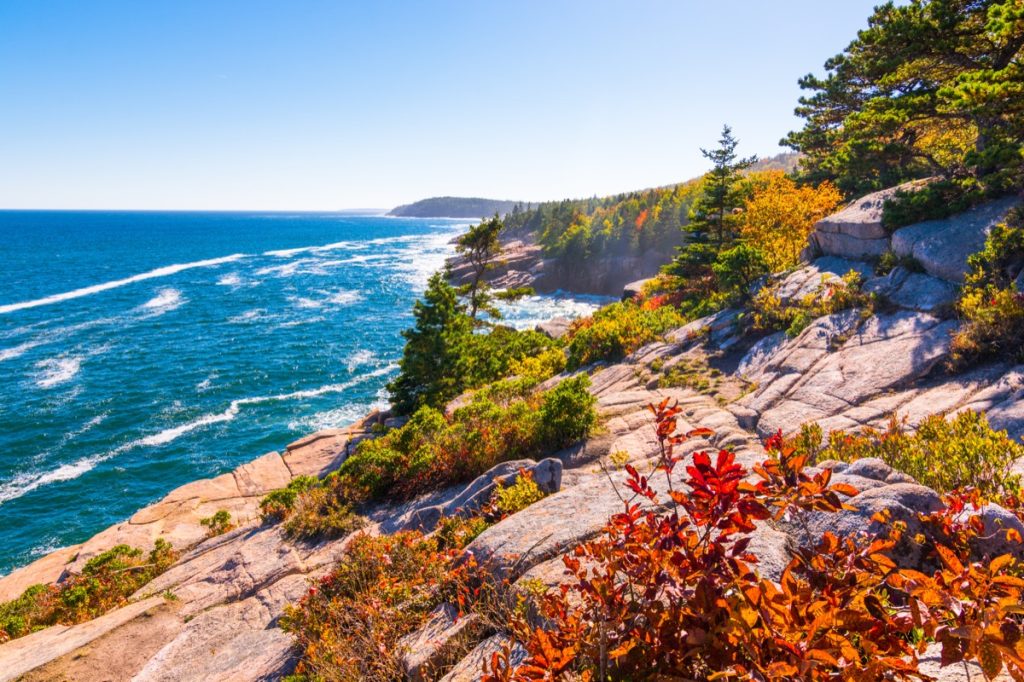
But while entry reservation season might be over for some sites, one of the most visited parks in the system is still coordinating arrival times. For now, Acadia National Park in Maine still requires prior bookings for drivers looking to access Cadillac Summit Road, USA Today reports. The site will run its seasonal reservation system until Oct. 22. According to NPS, 70 percent of all available daily tickets are released at 10 a.m., two days ahead of the entry time, and cost $6.
And it’s not just seasonal: There are still other parks in the system where reservations are required for entry year-round. Guests looking to view the summit sunset at Haleakalā National Park must still book in advance for $1 per vehicle, USA Today reports. Shenandoah National Park is also testing a ticketing system for day hikers at Old Rag Mountain that costs $1. And anyone looking to hike the legendary Angels Landing trail at Zion National Park is required to pay $6 to enter an online lottery for an access permit and an additional $3 if they get in.
Some say the new systems could be too complicated for some to navigate.
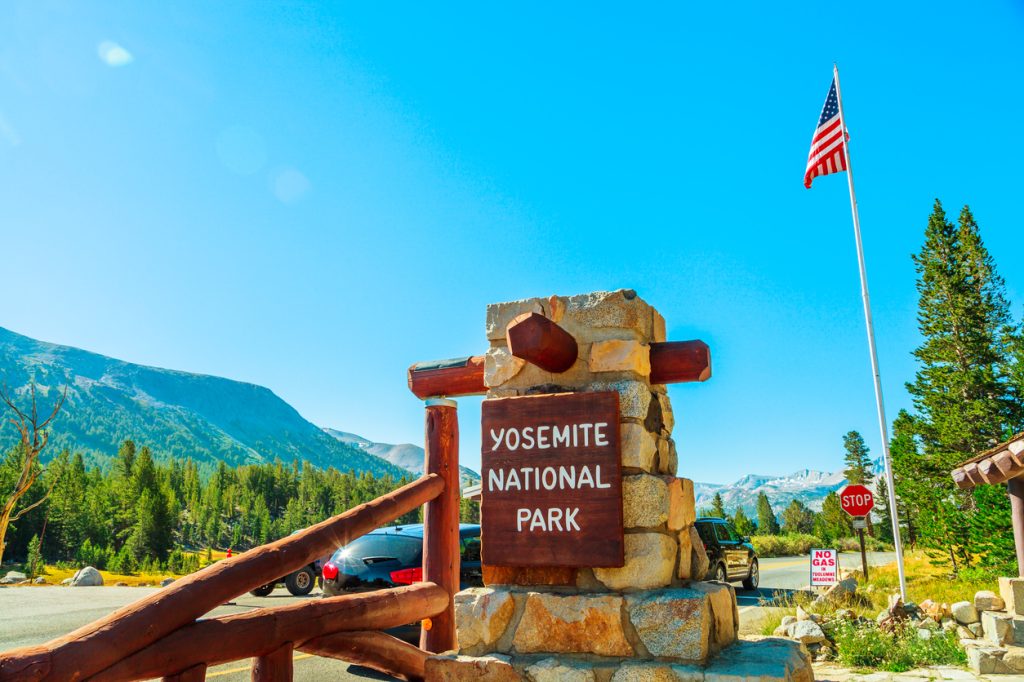
Representatives for the national parks have said that the new reservation system significantly improved the visitor experience. “We’ve definitely had a busy first week after the timed entry program ended,” Thomas told KSL.com. “In many cases, we’ve had many closures quite early in the morning—anytime from 7:30 a.m. up to 9:30, 10 a.m.—where we’ve had so many vehicles come up all at once that our major parking lots have filled out or overflowed, so we have to temporarily delay entrances for a few hours.”
However, she also admits that everything isn’t perfect yet. “We do think we really achieved a lot of the goals with timed entry, but we certainly faced some challenges, too,” adding that officials want “to make sure that if we do move forward, it’s something that (has) the support of the community” when the decision is made whether or not to continue using the reservation system.
Other travel experts have pointed out that the long lead time for open spots has killed the spontaneity of a park visit and can make it difficult for certain types of visitors to plan a trip. “Right now, there’s a 30 to 60-day window to get into some of the most sought-after parks,” Tori Emerson Barnes, executive vice president of public affairs and policy for the U.S. Travel Association, told The New York Times. “That’s not really an appropriate timeline for international visitors, who are booking travel 10 to 12 months in advance.”